Cellular communities reveal trajectories of brain ageing and Alzheimer's disease
- PMID: 39198642
- PMCID: PMC11877878
- DOI: 10.1038/s41586-024-07871-6
Cellular communities reveal trajectories of brain ageing and Alzheimer's disease
Abstract
Alzheimer's disease (AD) has recently been associated with diverse cell states1-11, yet when and how these states affect the onset of AD remains unclear. Here we used a data-driven approach to reconstruct the dynamics of the brain's cellular environment and identified a trajectory leading to AD that is distinct from other ageing-related effects. First, we built a comprehensive cell atlas of the aged prefrontal cortex from 1.65 million single-nucleus RNA-sequencing profiles sampled from 437 older individuals, and identified specific glial and neuronal subpopulations associated with AD-related traits. Causal modelling then prioritized two distinct lipid-associated microglial subpopulations-one drives amyloid-β proteinopathy while the other mediates the effect of amyloid-β on tau proteinopathy-as well as an astrocyte subpopulation that mediates the effect of tau on cognitive decline. To model the dynamics of cellular environments, we devised the BEYOND methodology, which identified two distinct trajectories of brain ageing, each defined by coordinated progressive changes in certain cellular communities that lead to (1) AD dementia or (2) alternative brain ageing. Thus, we provide a cellular foundation for a new perspective on AD pathophysiology that informs personalized therapeutic development, targeting different cellular communities for individuals on the path to AD or to alternative brain ageing.
© 2024. The Author(s), under exclusive licence to Springer Nature Limited.
Conflict of interest statement
Figures
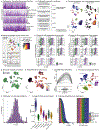
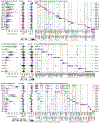
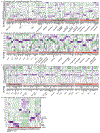

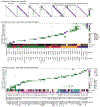


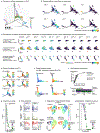







References
-
- Pandey S et al. Disease-associated oligodendrocyte responses across neurodegenerative diseases. Cell Rep. 40, 111189 (2022). - PubMed
MeSH terms
Substances
Grants and funding
LinkOut - more resources
Full Text Sources
Medical

